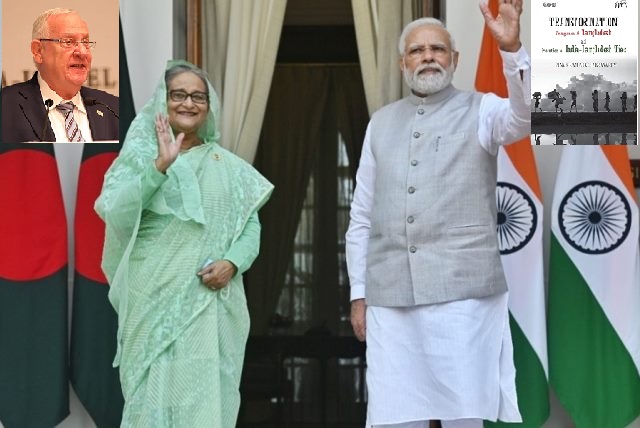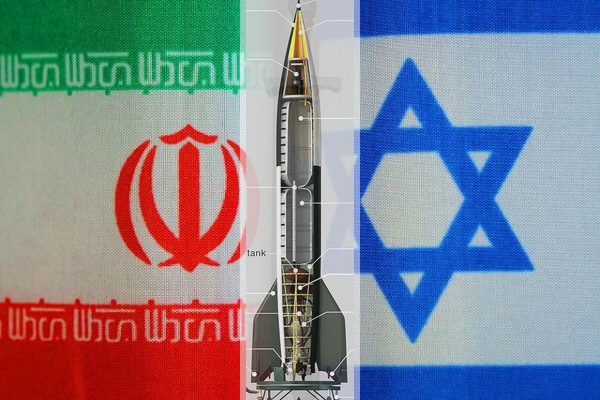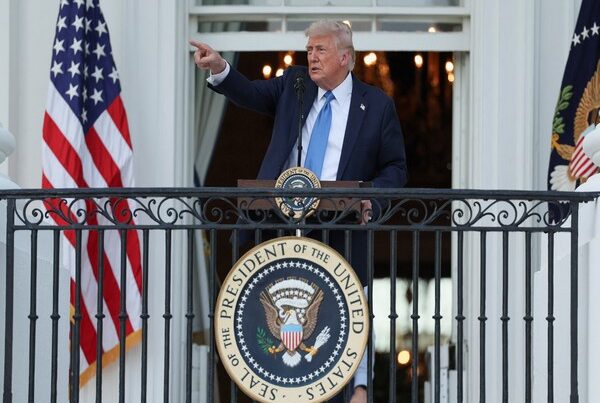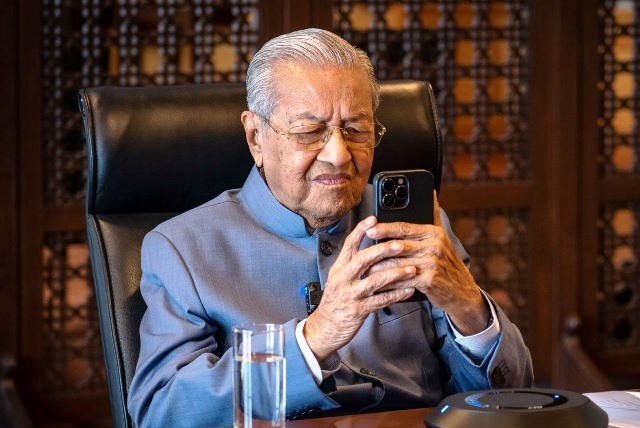
A Diplomat’s View on Delhi-Dhaka Destiny
The birth of Bangladesh in 1971 was thanks to a combination of forces and circumstances that cannot be repeated. Its people wanted to protect and nurture their language and culture in a country separating them by 1400 km. India wanted to get even with a hostile neighbour created by the 1947 Partition. And, it was born because of — and despite — the Cold War politics that neither the perpetrators nor the victims want to talk about today.
Well into the new century, a different phase of the Cold War has ensued with the region’s geopolitics changing with China’s enlarged entry. India and Pakistan remain perennially hostile. And Bangladesh, once derided as an “international basket case” by its mightiest opponent Henry Kissinger, is South Asia’s best economy, soon to join the middle-income group, with human development indicators that are among the best in the region.
Pinak Ranjan Chakravarty, a former Indian High Commissioner and one of the most erudite scholars on Bangladesh, records this ‘Transformation, Emergence and the Evolution of India-Bangladesh Ties’ in his book with this title. Assessing the entire gamut of issues, he concludes: “India and Bangladesh are destined to cooperate given that their destinies will remain intertwined in the future.”
He underlines that like any two neighbours, India and Bangladesh have problems and issues that remain to be resolved. Even as they get resolved, they get impacted by the region’s changing geopolitics that impacts both, inevitably posing new, knotty challenges.
Not the least is the change in India’s position. Its concern in the last century was that neighbours did not sign security-related agreements with the West, especially the United States. It worked diplomatically for the Indian Ocean to become “a zone of peace”. The worry in the changed scenario is that they do not get too close to, and become dependent upon, China.
Indeed, the China factor looms large on the entire region just as it also confronts others across the globe. Chakravarty analyses at length how the India-Bangladesh“Shonali Adhyaha”, the golden phase in bilateral relations, can be impacted by it.
“If Bangladesh-China ties remain within the bandwidth of acceptability, then bilateral ties can be insulated from disruption. If it impinges on India’s security interests, then India will certainly use its leverage to counter it. There are enough indicators that both sides understand this sensitivity and so far, have navigated adroitly, avoiding crossing certain lines that could upset bilateral ties,” he writes.
The reality is that India finds itself encircled by China in the Indian Ocean region, with smaller neighbours playing the “China Card”. Developments in Nepal, the Maldives and Sri Lanka are recent examples. All except India and Bhutan have accepted China’s multi-billion Belt and Road Initiative (BRI). Eagerly welcoming money and infrastructure projects under BRI, they are now anxious about a “debt trap” and some have continued despite this risk.
Bangladesh is on BRI, but as Chakravarty points out, it fears that if it joins or cooperates with the Quad – Australia, India, Japan, and the United States – it might invite Chinese ire and inevitably, get caught into big-power rivalry. Playing one side against the other is not easy and could get more difficult in future given the ferocity of China’s confrontation with the US and its allies.
In a succinct comment on Bangladesh-China ties, he says: “Bangladesh thinks China is less intrusive than India.” This is inevitable when India and Bangladesh share borders, cultural links, and socio-economic commonalities and are mutually dependent.
ALSO READ: Bangladesh – Proving Kissinger Wrong And More
Having spent considerable time in Bangladesh, Chakravarty notes that the young, professional and business classes clamour for closer ties with China. But “the same people make frequent visits to India.”
A domestic political angle often played up pitches India which helped in the freedom movement as a villain. Those with Islamist leanings look to the West, including Pakistan, and China because of the latter’s adversarial relations with India. It’s befriending enemy’s enemy. Indeed, half a century down, the fact that their separation from Pakistan was opposed by the US, China and the Muslim world is becoming a distant memory for the young and is glossed over.
In a unique neighbourhood, India faces problems typical of a large country surrounded by small ones. The ‘friendliest’ Bangladesh, too, finds India’s location on its three sides constricting and generates fears and expectations. India is anxious, particularly when the smaller ones want to play the “China card.” Like the Maldives that has sent back Indian soldiers and sailors. Or Si Lanka and Nepal where each government is either “pro-India” or “pro-China,” cancelling or dishing out projects.
India’s expectations of Bangladesh, while helping liberally (but without the Chinese deep pockets and the BRI), Chakravarty writes, “are mostly security and migration-related. The principal concerns are border management, terrorism, smuggling and human trafficking, Islamist terrorism and China’s growing engagement in different sectors of Bangladesh that could give China a strategic advantage in the region.”
Chakravarty delves into India’s assistance in the freedom movement with the hope of nurturing a secular, syncretic Muslim society where minorities feel safe. With Bangladesh’s syncretic Islam taking blows from the Islamists, he foresees the struggle between Islamist and secular forces dominating Bangladesh’s domestic politics “that will occasionally turn violent.” Its political impact may not remain confined to India’s east and north-east. The book notes that Hasina has battled the Islamists but also made concessions to some sections that control the madrassas where the rural youth get trained, hoping that radicalisation would not begin early in their lives.
Inevitably in the future, India will have to engage with the conflicting political legacies led by the two ageing women leaders now in their late seventies. Their succession may or may not emerge from the rival families Ailing Zia’s son Tareq is wanted by law and remains in exile. Hasina has yet to indicate any preference for a successor, either from within or outside her family.
The oft-posed question is about India putting all its eggs in Sheikh Hasina’s basket. Chakravarty contrasts that by Sheikh Hasina’s with the record of the two-term premier, Begum Khaleda Zia, when Islamists were part of her government and militants killed with impunity. The distrust is inbred and inevitable, on both sides. That leaves India with no option, as of now. Chakravarty underscores the ‘risk’ but sees no clear picture. “In the long term, India’s strategy should be to develop ties with parties across the political spectrum,” he opines.
Hasina once asked Chakravarty, then India’s envoy: “What did you get from Zia?” He told her that India had no high expectations from her. A decade hence, the ground situation remains the same. Only time can tell how the internal dynamics will work, and how they will impact India-Bangladesh relations.
For more details visit us: https://lokmarg.com/



